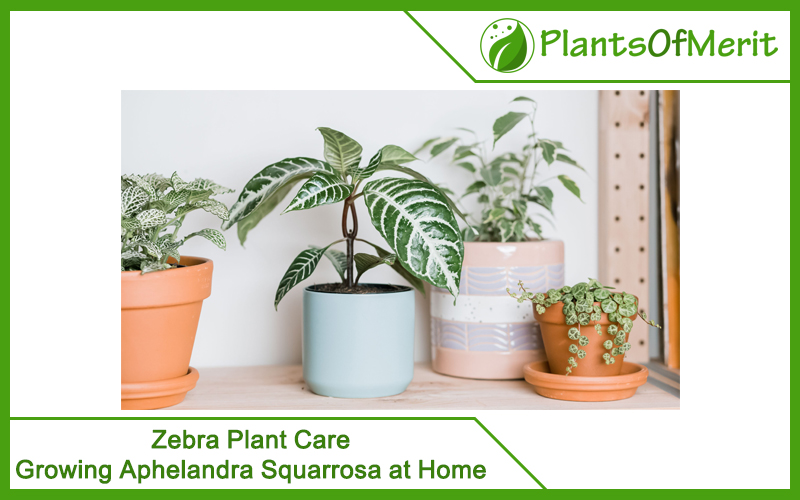Not everyone has a flourishing garden in the back of their homes. So, there’s no wonder why houseplants are so popular in the market. However, we have heard of the simple creepers or even snake plants that most people love growing in their homes.
But, have you ever heard of the zebra plant? 8 out of 10 chances are that you haven’t. Zebra plants are quite rare, not to mention that growing them inside your home can quite literally be a pain that no one wants to take responsibility for.
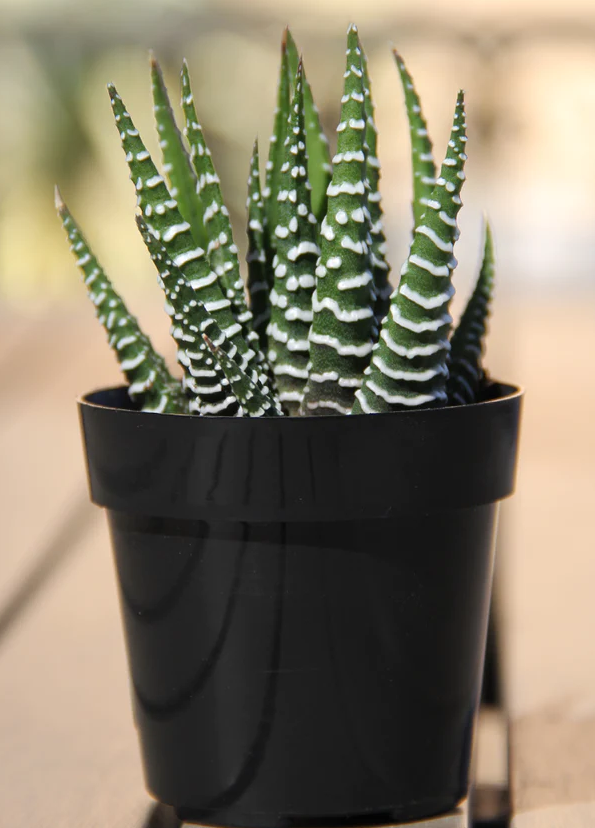
However, we can’t forego the fact that the Zebra plant is quite literally one of the most gorgeous houseplants that you will come across. If you are considering growing one in your home, we have all the right growing tips lined up for you.
Overview of Zebra Plant Care
Before we divulge all the possible information about growing a Zebra plant, let us walk you through a brief overview of the different growing practices and care that you need to be mindful of.
| Growing factors | Description |
| Common name | Zebra plant, Saffron spike zebra plant |
| Scientific name | Aphelandra squarrosa |
| Family | Acanthaceae |
| Height | Up to 6 feet |
| Light | Bright and indirect sunlight |
| Water | Moist soil but well-drained |
| Temperature | 68-75°F |
| Fertilizer | Quick release, well-balanced |
| Propagation | Cutting or air layering |
| Pests | A lot like whiteflies, aphids, mealybugs, etc. |
Zebra plants feature dark, blackish-green glossy foliage that covers the entirety of it. But, what make this plant stand out from the crowd are the stunning flowers. When it blooms, the plant is for sure going to take your breath away with the unique and tufted floral appearance.
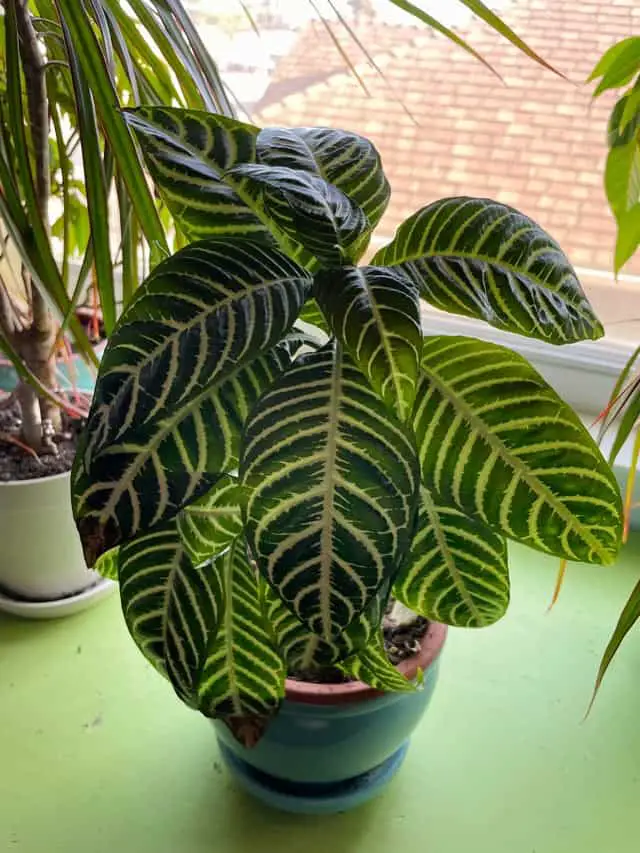
The flower itself can grow up to 4” tall, adding to the beautiful appearance of the whole area. The Zebra plant originates from the southern part of Brazil and thrives in warm, humid, and tropical climate conditions. So, if you can’t provide the same, we’d highly recommend that you look into other options that are available around.
Besides being a flowering plant, the Zebra plant acts like a creeper but don’t get too tall and will grow up to 2 feet only. However, the flowering process of this plant is quite tedious. Typically, you have to wait for two or more flowering seasons for you to watch it bloom. But, the wait is more than likely worth it.
How to Take Care or Grow Zebra Plant?
As we said before, a Zebra plant is a houseplant. So, there shouldn’t be any issues growing it indoors, right? Well, that’s where you are wrong. Growing a Zebra plant is tedious, especially if you don’t have all the necessary pointers in place.
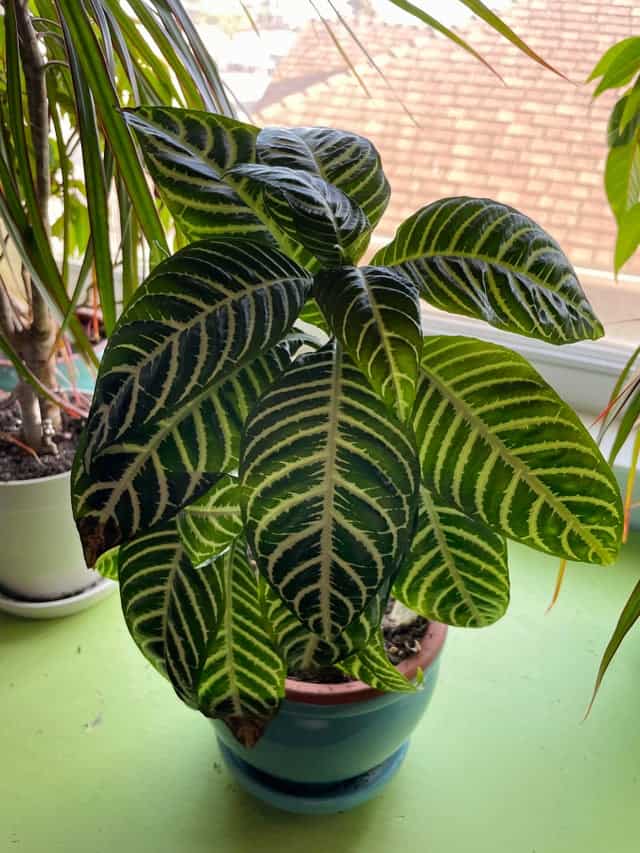
If you are a plant person and have your house filled with ivy, cast iron plants, or other easy-to-grow houseplants, give them a little love because the zebra plant will drive you nuts.
However, besides the bad reputation, growing a zebra plant isn’t impossible. It’s just that you have to be a little bit more careful. Here’s what you need to keep a check on:
- Light and temperature requirements
Do you realize that one of the main reasons why zebra plant is hard to grow is due to the light settings? Zebra plants have a very unique light and temperature requirements. It needs bright but indirect sunlight. You can’t thrust it into the shade because not only will it stop the growth, but it will also prevent the flowering process.
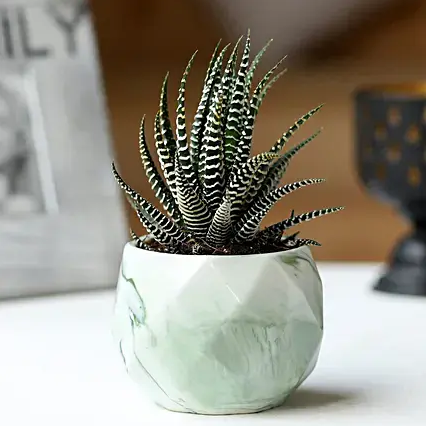
As for the temperature, you need to maintain it between 68-75°F, which is perfect for the tropical countries like Brazil where it originates from. The range is quite favorable for the indoor temperature that we have in most of the homes.
Another factor about the temperature is that the zebra plant doesn’t bode well in the colder temperatures below 55-degree Fahrenheit. So, if you do end up placing them in such conditions, chances are that the same will end up stopping the growth or killing the plant in the process.
Since it is an indoor plant-primarily, growing it outdoors can be a little complicated. You have to keep it in a sheltered area in the garden since it’s susceptible to pests and diseases. They do grow well on the shaded porch or even in the greenhouse setting if you have any.
- Soil requirements
Next up is the soil. You need well-draining soil. This isn’t a compromise that your plant will withstand. So, if you aren’t paying attention to this part of the plant’s growth, chances are that the same will inadvertently damage or halt the eventual growth of the plant.
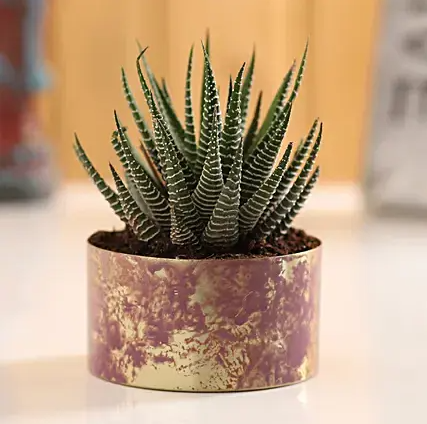
Ideally, you want a soil potting mix that does retain the water but is well-draining at the same time. Zebra plant doesn’t enjoy growing in soggy and muddy soil. The same enhances the risks of root rot, which is one of the primary reasons behind the death of this houseplant.
Besides the ready-made well-draining potting mix for zebra plants that are available in the market, you can also DIY the same at your home. We’d highly suggest that you create a blend of coarse sand, perlite, garden soil, and pea moss. There are certain ratios to it that you have to maintain. Once you have mixed everything up, you can then easily go ahead and pot the zebra plant and grow it as normal.
When testing out or preparing the soil for your zebra plant, we’d recommend that you pay attention to the pH levels too. This makes a lot of difference in the long run. The ideal pH level is between 5.6 and 6.0.
- Water and humidity requirements
Moving ahead to the next growing factor in question, we have the water and humidity requirements. As we mentioned, zebra plants don’t enjoy soggy or overwatered soil. This damages the roots eventually and is one of the issues that will result in the death of the plant over time.
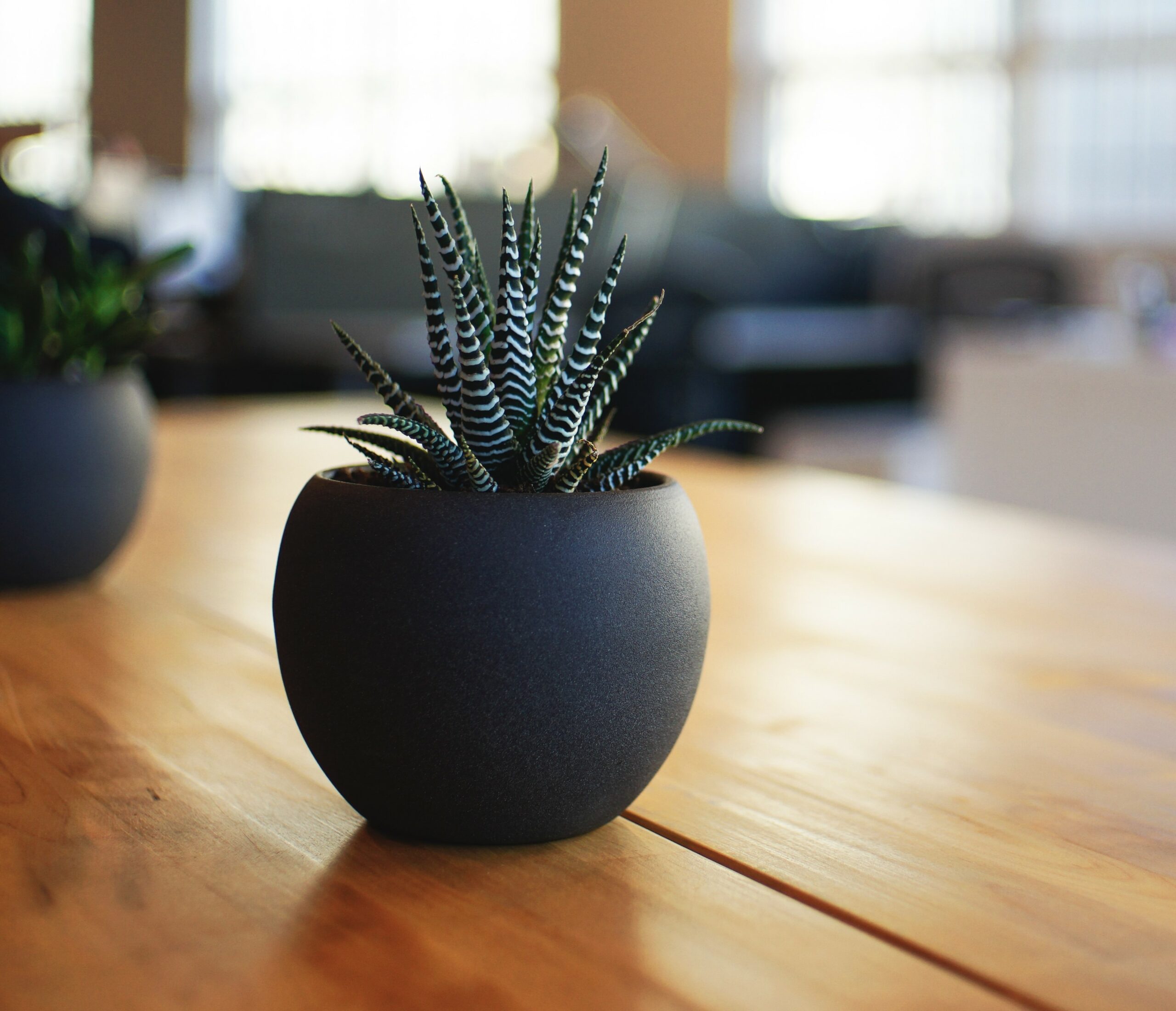
So, when it comes to watering a zebra plant, you want to avoid both over and under-watering. You need to be watchful when it comes to growing the plant. If you find the upper layer of the soil drying out, we’d recommend rewatering.
Always add water in small batches and let the soil and the roots soak in the water before you come back and add more. Also, during the winter months, the frequency of watering will reduce rapidly. Technically, in such months, you have to keep the water barely moist.
Also, avoid using tap water directly since that can affect the quality of the growth. Instead, you can use filtered water that is around room temperature. It adds moisture in correct amounts and keeps your plant growing without any hassle.
As for the humidity settings, the zebra plant needs 60-70%, which is quite a favorable setting. If you find the humidity reducing, you can spray or mist the leaves for optimal growth results. Avoid keeping the plant close to the vents.
However, if nothing works, you can use a humidifier to keep the air moist enough for the zebra plant to grow without any hassle.
- Fertilizer requirements
The zebra plant requires fast-absorbing and water-soluble fertilizer that can support the growth of the plant without any hassle.
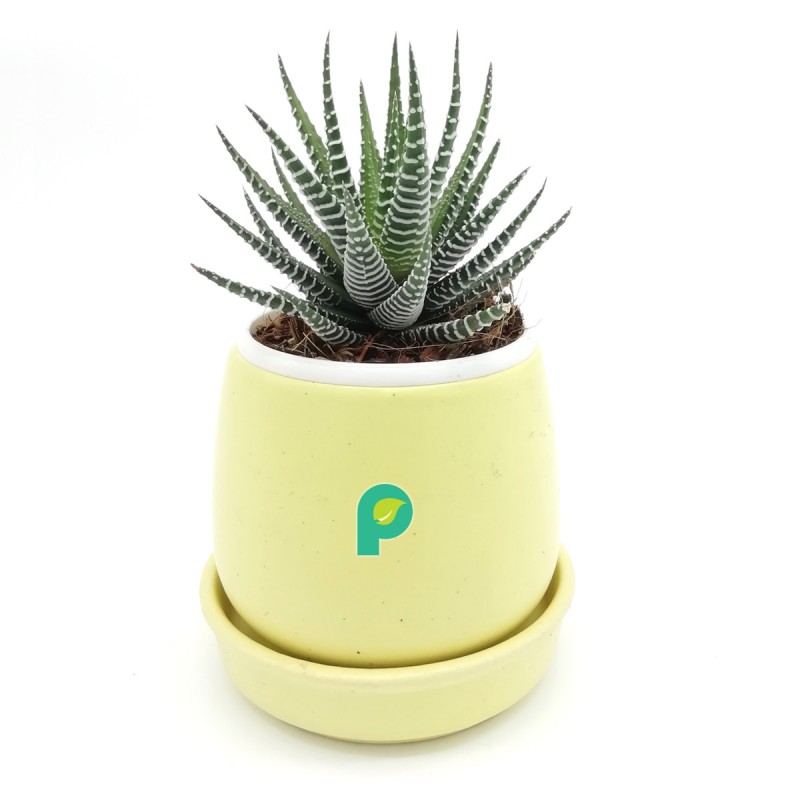
The quick-release plant food is considered ideal, especially when it comes to the plant’s nutrition daily. The reason why balanced fertilizers are considered good for this plant is due to their composition. The zebra plant needs all the minerals in equal proportion, so providing the same ensures optimal growth without any interruptions.
- Repotting and pruning procedure
You might be tempted to repot your zebra plant each year as it grows. However, this is where you are doing the most mistake. Zebra plants are very sensitive to their surroundings and their growing medium. It takes time to acclimatize itself to the surroundings. So, if you keep on changing or switching things up frequently, chances are that the same will affect the plant’s growth drastically.
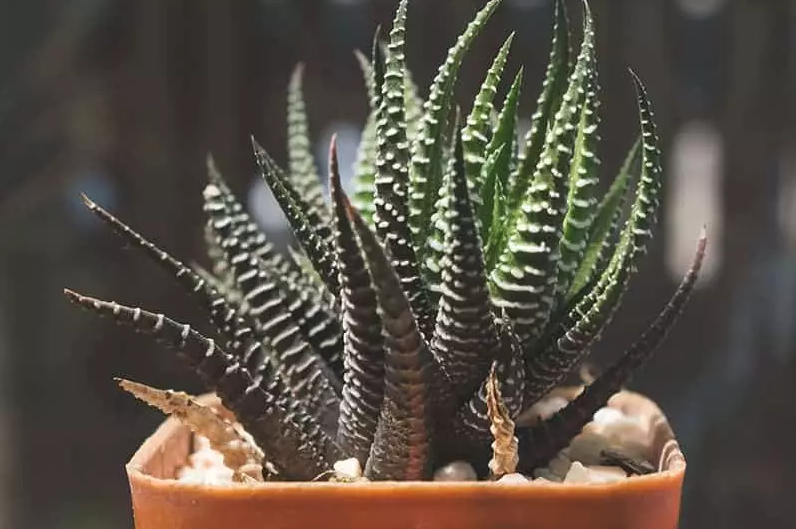
Instead, wait for over a year before you repot. Ideally, you can repot it to a new one that is 1” larger than the previous pot.
As for the pruning procedure, you have to be very careful. You can’t snip things off without any need. Look out for the flowers because that’s what you need to prune. Also, if you notice the leaves drying and falling out, you can prune them as well.
How to Propagate Zebra Plants?
Once you get the hang of growing zebra plants, it isn’t long before you will end up growing them everywhere around your house.
Unlike its growing and care guide, propagating a zebra plant is fairly simple and not complicated at all. You can use stem cuttings or air layering to propagate the plant.
Also, once you have gotten the cuttings, you can directly place them into a mix of potting soil and perlite. Make sure that you cover the top of the soil with some plastic to retain the moisture inside. This is extremely crucial.
When taking the cuttings for propagation, ensure that the cuttings are at least 4-5” in length. This is an option that you can’t forego. As for the soil, you need to ensure that the temperature is around 70-80°F where you plant it. Avoid putting it under direct sunlight.
We’d recommend the usage of stem cuttings as a propagation method, mainly because it makes the process of growing a lot easier and hassle-free. The air layering method is targeted more towards advanced gardeners or growers, so be mindful of that.
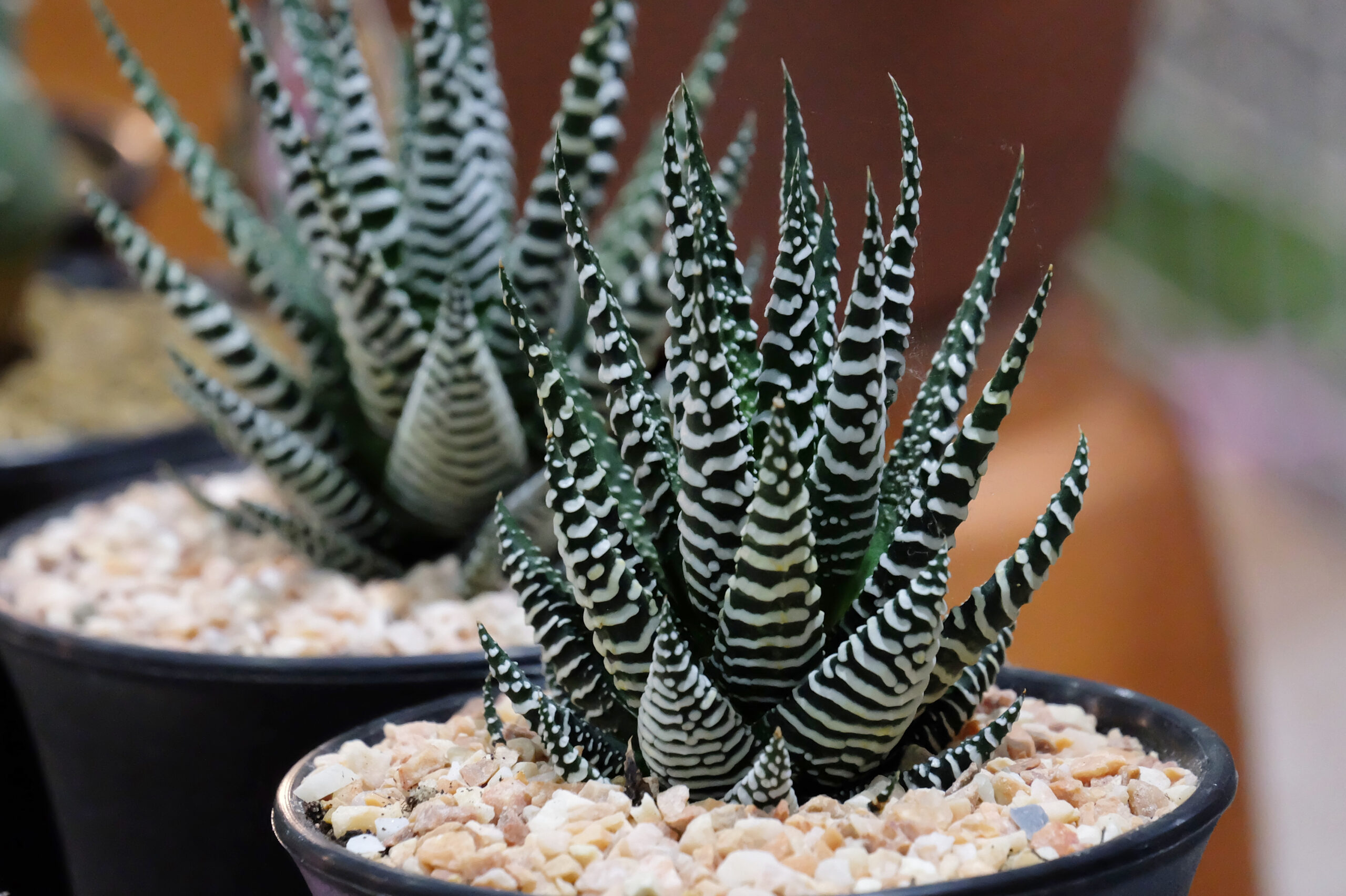
Once you have done the propagation process, it can take up to a month or so for the roots to form in and strengthen into the soil. So, you have to be extra patient during that phase.
What are the Issues with Growing Zebra Plant?
Besides the challenges that you might face, while growing a zebra plant, there is nothing much wrong with the plant. It is non-toxic, contrary to what most think.
However, one of the biggest issues with a zebra plant is that the sap is often itchy and contributes to skin irritation. So, when you are pruning it or cutting it, ensure that you wear gloves to sort out the complications for good. The sap is what causes the issue, so clean your pruning shears as well.
Also, when it comes to the safety of this plant, it is not just safe for humans but for your pets too.
- Pests and Insects
Another growing issue with a zebra plant is the pest attack. It is nothing major but is a fairly standout problem that one has to look out for. One of the most common issues with the whitefly infestation.
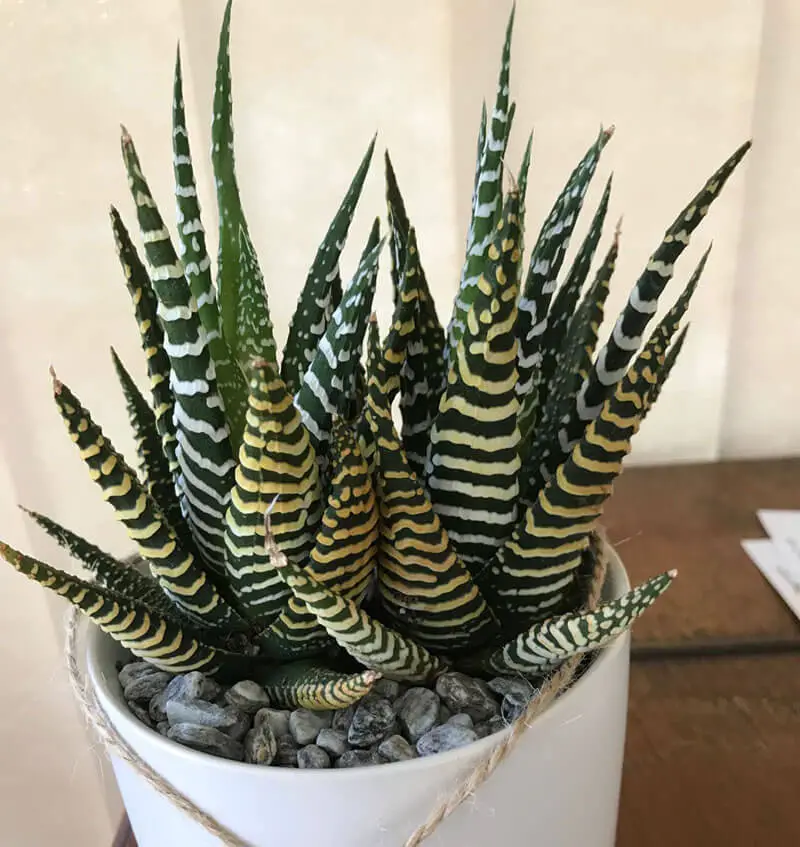
Also, aphids are another issue that you might have to look out for. In that case, you might have to use insecticidal soap or sticky traps to sort out that issue.
White mealybugs are also a problem that you might experience when growing a zebra plant. Cotton doused with some rubbing alcohol can get rid of this issue. However, don’t use a lot because that can end up causing chaos.
- Diseases
Besides the pests and insects, another factor that you need to be on the lookout for is the diseases. Fungal diseases are quite common. You might also have to be on the lookout for Botrytis blight, which makes the leaves collapse, leading to prolonged damage to the leaves.
You also can’t forget about the staple root rot, which is another factor that you have to look out for. The root generally turns mushy and damaged due to excess water and moisture, so be careful of that.
FAQs
1. Where should I place my zebra plant?
If you are growing your zebra plant inside a planter instead of directly planting it in the soil, the best trick we’d suggest you do is keep it in a bright and filtered light area. Avoid keeping it somewhere with direct sunlight because that might end up causing the leaves to turn yellow. Also, if you start noticing the leaves turning yellow, it is time to find the issue and take immediate action.
2. What kind of fertilizer do zebra plants like?
If you are growing zebra plants as your houseplant, we’d highly recommend using a liquid houseplant fertilizer since those work quite well compared to the other stronger fertilizers. Even the liquid fertilizer needs to be diluted down before you use it. Also, avoid over-spraying the fertilizer. Doing so 1-2 times a week is considered enough.
3. How do I know if my zebra plant needs water?
The only way you will know if your zebra plant needs water is by feeling the soil. We’d recommend that you feel the bottom of the pot. If you find that it’s still wet, it is a sign that the soil is wet and doesn’t require any kind of rewatering. However, if you find that the soil feels dry to the touch, it’s ideal if you water the plants accordingly.
4. How often should I water the zebra plant?
The frequency of watering a zebra plant depends on the current state. If the plant and the soil are wet, you should avoid it. If not, go ahead and water it. Generally, watering the plant every 2-3 weeks is considered ideal.
5. How do I get my zebra plant to flower?
The only way to quicken the flowering process of your zebra plant is to ensure it’s getting ample light exposure throughout the day.
Conclusion
We understand that growing a zebra plant isn’t for the faint of heart. However, we can’t stop but emphasize the fact that it’s not an impossible process. Just ensure that you keep a check on the growing parameters and the rest should fall into place. We hope this article gives you all the inside details that you need to grow a zebra plant in your home.

